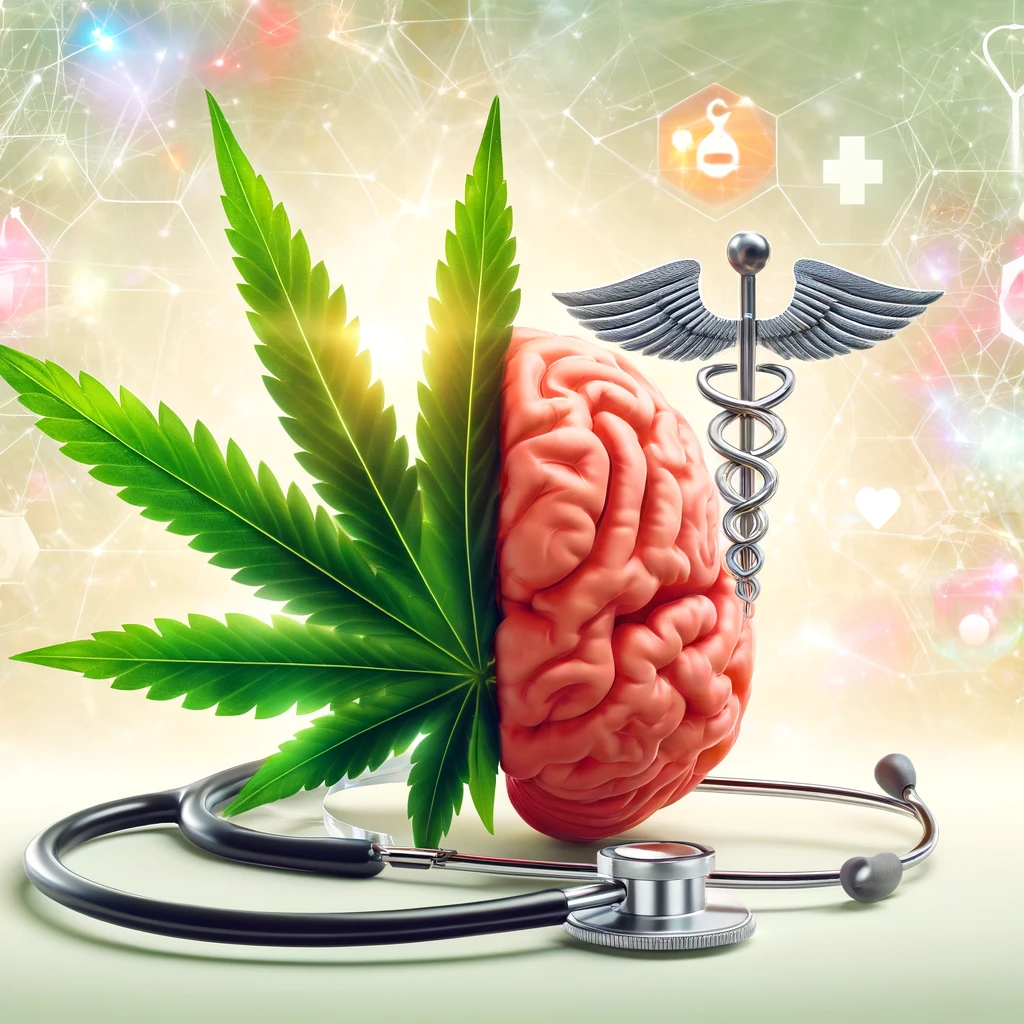Introduction
In recent years, the conversation around marijuana has changed a lot. Once seen as a recreational drug, it’s now recognized for its potential to offer relief to those suffering from various medical conditions. This article explores the various roles of marijuana in the medical field.

The Science Behind Medical Marijuana
At the heart of marijuana’s medical applications is the endocannabinoid system, a complex network of receptors found throughout the human body. This system plays a key role in regulating pain, mood, appetite, and memory.
Marijuana contains over 100 cannabinoids, but two in particular—THC (tetrahydrocannabinol) and CBD (cannabidiol)—are known for their therapeutic effects. THC is the psychoactive component that gives users a “high,” while CBD is non-psychoactive and is linked to reducing pain and inflammation, without the psychoactive effects.
Research continues to uncover how these substances can aid in medical treatment. Studies have demonstrated marijuana’s efficacy in reducing chronic pain, controlling seizures in epilepsy patients, and mitigating symptoms of mental health conditions such as anxiety and PTSD. Furthermore, it’s been found to be a potent treatment for nausea and appetite loss in cancer patients undergoing chemotherapy.

Marijuana has numerous positive effects on health and can aid people suffering from everything from arthritis to cancer – let’s take a look at some of its proven medicinal uses.
Cancer
Marijuana can stop cancer cells from spreading quickly, and in some cases, it can halt them completely. It does this by targeting the Id-1 gene; marijuana turns this gene off. A study at California Pacific Medical Center, in 2007, indicated that CBD can stop cancer from moving throughout the body.
Researchers worked with breast cancer cells; these cells had a lot of Id-1. After being given cannabidiol, the results were good. The cells did not spread as quickly and had less Id-1 expression. The American Association for Cancer Research indicates that marijuana can have a positive impact on lung, breast and brain tumors.
Arthritis
“Cannabis cuts back on inflammation and pain and can lead to better sleep. Those with rheumatoid arthritis, therefore, can benefit from its effects” according to Grant Oster from Headshopquarters.com.
Sativex is a pain reliever that has cannabinoid in it. It was given to patients at a few hospitals to see what the impact was. The hospitals noted that those who took the Sativex had much less pain and slept better than those that only received a placebo.
Alzheimers
The active ingredient in marijuana is THC. In 2006, the Scripps Research Institute looked at how THC can help Alzheimer’s Disease, and they found that it keeps Alzheimer’s in check. Specifically, amyloid plaques took longer to form, because THC blocked the enzyme that is responsible for them. Amyloid plaques are problematic because they damage brain cells and may lead to Alzheimer’s disease.
Anxiety
Harvard University investigated the impact of marijuana on anxiety in 2010. They found that it could cut back on the user’s unease and worry, ultimately leading to a better mood. It could also function as a sedative. However, marijuana needs to be taken in small doses, because if not, it could make anxiety worse and lead to paranoia.
Check out the full study here – https://hms.harvard.edu/news-events/publications-archive/brain/cannabis-brain

Epilepsy
Marijuana can help manage epileptic seizures, according to a study completed in 2003. At Virginia Commonwealth University, Robert J. DeLorenzo took epileptic rats and provided them with synthetic marijuana and marijuana extract. Less than half a day later, their seizures were halted.
THC bound the brain cells that deal with relaxation and excitability, thereby impacting seizures. This study was featured in the Journal of Pharmacology and Experimental Therapeutics.
Check out the full study here – https://www.ncbi.nlm.nih.gov/pmc/articles/PMC2617750/
Multiple Sclerosis
M.S. is associated with muscle spasms and neurological issues; marijuana has a positive impact on those symptoms. The Canadian Medical Association noted one study which indicated that marijuana could help patients with multiple sclerosis feel better.
After watching 30 different patients with multiple sclerosis, Jody Cory Bloom found that when other medicine did not work, marijuana could help with pain. This was after the individuals smoked marijuana for several days.
The Future of Medical Cannabis
The future of medical marijuana is bright, with ongoing research exploring new therapeutic uses and the potential for innovative treatments. As scientific understanding deepens and legal restrictions continue to change for the best, the accessibility of medical marijuana is likely to improve, offering new hope to patients around the world.
Conclusion
The journey of understanding and accepting marijuana as a medical treatment is ongoing. What’s clear is the huge impact it can have on improving patient outcomes and quality of life. With a balanced approach that considers both the scientific evidence and the real-world experiences of patients, the role of marijuana in medicine can continue to grow, offering a natural alternative in the treatment of a wide range of conditions.
